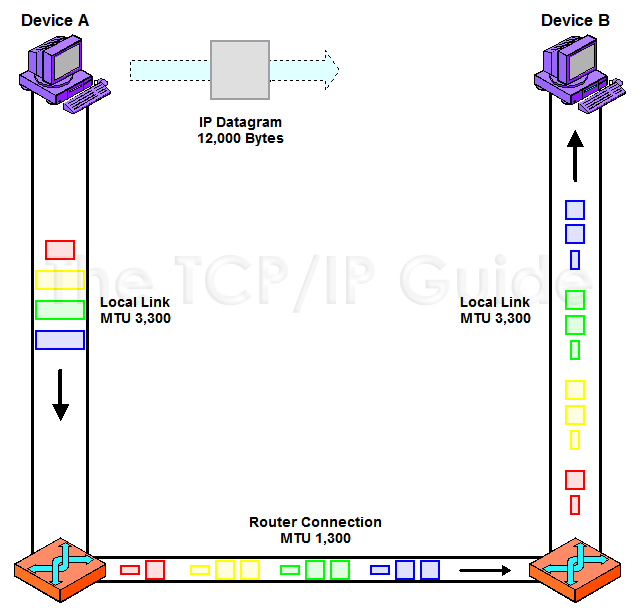 |
|
Please Whitelist This Site?
I know everyone hates ads. But please understand that I am providing premium content for free that takes hundreds of hours of time to research and write. I don't want to go to a pay-only model like some sites, but when more and more people block ads, I end up working for free. And I have a family to support, just like you. :)
If you like The TCP/IP Guide, please consider the download version. It's priced very economically and you can read all of it in a convenient format without ads.
If you want to use this site for free, I'd be grateful if you could add the site to the whitelist for Adblock. To do so, just open the Adblock menu and select "Disable on tcpipguide.com". Or go to the Tools menu and select "Adblock Plus Preferences...". Then click "Add Filter..." at the bottom, and add this string: "@@||tcpipguide.com^$document". Then just click OK.
Thanks for your understanding!
Sincerely, Charles Kozierok
Author and Publisher, The TCP/IP Guide
|
|
|

Custom Search
|
|
IP Datagram Size, the Maximum Transmission Unit (MTU), and Fragmentation Overview
(Page 3 of 4)
Multiple-Stage Fragmentation
While the fragments above are in transit, they may need to pass over a hop between two routers where the physical network's MTU is only 1,300 bytes. In this case, each of the fragments will again need to be fragmented. The 3,300 byte fragments will end up in three pieces each (two of about 1,300 bytes and one of around 700 bytes) and the final 2,100-byte fragment will become a 1300-byte and 800-byte fragment. So instead of having four fragments, we will end up with eleven (3*3+1*2)! This is illustrated in Figure 89.
|
|
| |||||||||||||||||||
Home - Table Of Contents - Contact Us
The TCP/IP Guide (http://www.TCPIPGuide.com)
Version 3.0 - Version Date: September 20, 2005
© Copyright 2001-2005 Charles M. Kozierok. All Rights Reserved.
Not responsible for any loss resulting from the use of this site.







